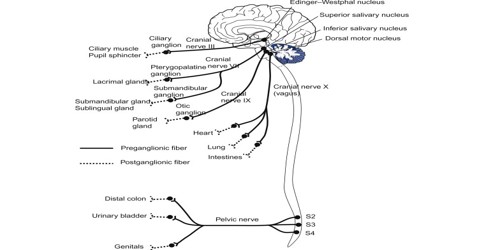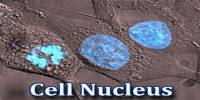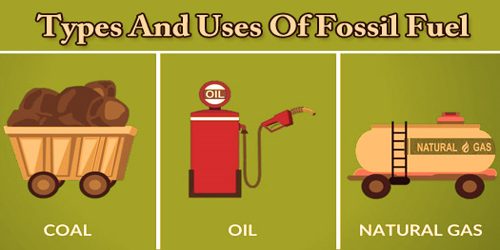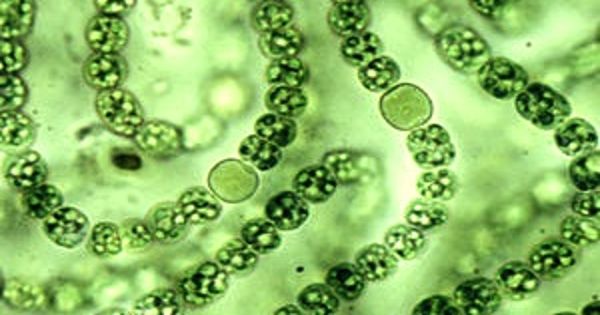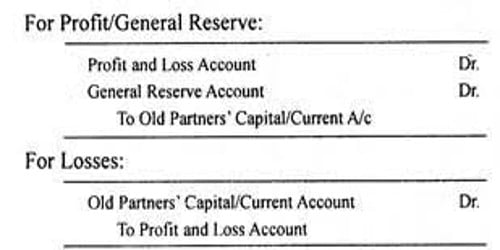The parasympathetic nervous system (PNS or PSNS) is part of the autonomic nervous system. It is organized in a manner similar to the sympathetic nervous system. It does the opposite things of the sympathetic nervous system, the other part of the autonomic nervous system. It is composed mainly of the cranial and sacral spinal nerves. This way, the parasympathetic and sympathetic nervous systems balance each other’s effects. It is responsible for the body’s rest and digestion response when the body is relaxed, resting, or feeding. The sympathetic nervous system helps a person “fight or flight” when they are in danger. When the danger is gone, the parasympathetic nervous system lets the person “rest and digest,” “feed and breed.” It basically undoes the work of sympathetic division after a stressful situation.
Effects
The parasympathetic nervous system has many different effects. It affects every part of the body, including:
- The heart: The heart relaxes and beats slower. This makes the heart rate and blood pressure lower.
- The lungs: Breathing slows down. The bronchi (the tubes that bring air to the lungs) also get narrower.
- The eyes: The pupils get smaller.
- The digestive system: Extra blood is sent to the stomach and intestines. This helps the person digest the food in their stomach.
- The blood vessels: The blood vessels in the parts of the body that are far away from the heart, lungs, and brain get wider. This helps make the blood pressure lower.
Because of these effects, the parasympathetic nervous system always has to balance with the sympathetic nervous system. For example, if only the parasympathetic nervous system was working, a person’s heart rate and breathing would keep getting lower and lower. Eventually, the person would stop breathing or their heart would stop beating.
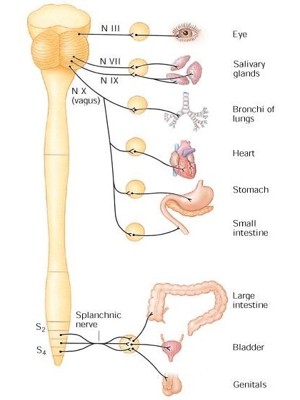
However, in a healthy person, the brain realizes when the parasympathetic nervous system’s effects are getting too strong. For example, the brain may realize that the person is breathing too slowly, or that their heart rate is too low.
Control
The parasympathetic nervous system is controlled mostly by the vagus nerve. This is an important nerve that comes from the brain and goes all the way down to the bottom of the spinal cord. The vagus nerve sends out chemical messengers called neurotransmitters – mostly one called acetylcholine. This chemical causes changes in many different parts of the body. It is active all the time and promotes life by regulating the vital body functions, although the person is unconscious about all these processes.
